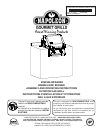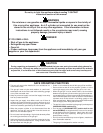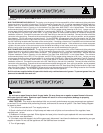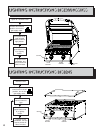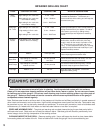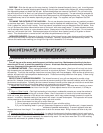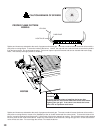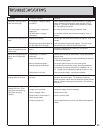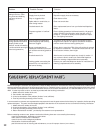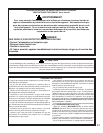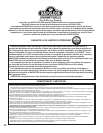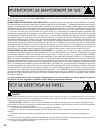Special offers from our partners!

Find Replacement BBQ Parts for 20,308 Models. Repair your BBQ today.
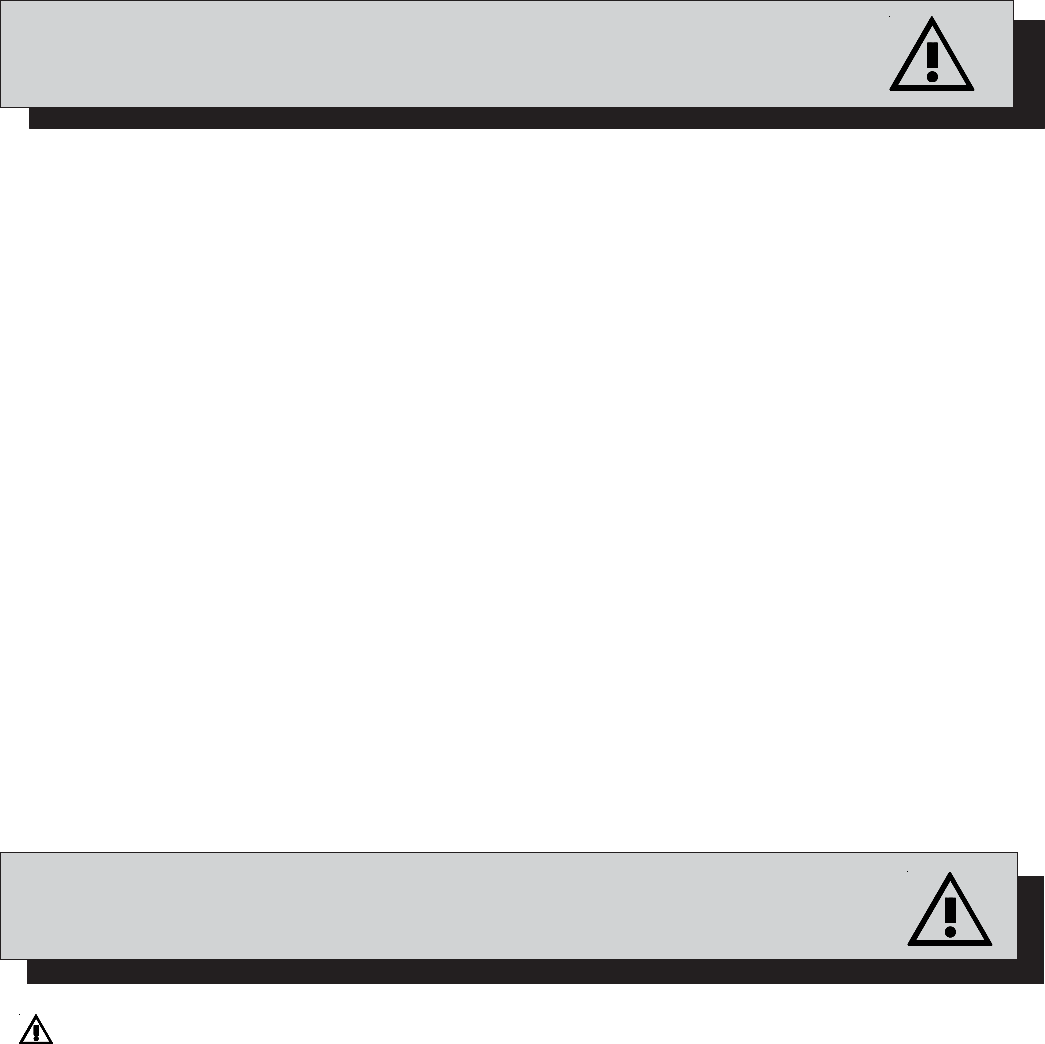
5
GAS HOOK-UP INSTRUCTIONS
This grill is designed for NON-COMBUSTIBLE enclosures only, and must be installed and serviced by a qualified installer to
local codes.
BUILT IN PROPANE GAS HOOK-UP: The piping up to the gas grill is the responsibility of the installer and piping should be
located as shown in the built-in instructions. Do not use hose to connect the unit. It must be connected with either rigid pipe,
copper tube or an approved flexible metal connector. The installation must comply with CAN B149.1 Natural Gas and
Propane installation code in Canada, or to the National Fuel Gas code, ANSI Z223.1 in the United States. The minimum
recommended piping size is NPS 1/2" for rigid pipe, and 1/2" OD for copper tubing (based on a 20 ft run). Longer runs may
require larger sizes to conform with local codes or to conform with CAN B149.1. Propane Gas Installation Code in Canada
or to the National Fuel Gas Code, ANSI Z223.1 in the United States. A flexible metal connector is included to simplify the
installation of the unit. Connect this connector to the 3/8” flare fitting on the end of the manifold. Connect the other end of the
connector to the gas piping. Ensure that the connector does not pass through a wall, floor, ceiling or partition, and is protected
from damage. Do not use hose to connect the unit. For the
BISZ300, the gas supply must be connected to the 3/8” flare
elbow fitting located under the right hand side of the control panel. For the BISB245, the gas supply must be connected to
the 3/8” flare fitting located under the center of the control panel. If installing a side burner, a separate line must be branched
off to the side burner unit and enter the side burner opening at the specified location. If the enclosure is to house a propane
cylinder, the tank portion of the enclosure must be ventilated according to local codes, and must not have communication
with the cavity used to enclose the gas grill. A propane tank can not be stored below the gas grill.
BUILT IN NATURAL GAS HOOK-UP: The piping up to the gas grill is the responsibility of the installer and piping should be
located as shown in the built-in instructions. Do not use hose to connect the unit. It must be connected with either rigid pipe,
copper tube or an approved flexible metal connector. The installation must comply with CAN B149.1 Natural Gas and
Propane Installation Code in Canada, or to the National Fuel Gas Code, ANSI Z223.1 in the United States. The minimum
recommended piping size is NPS 1/2" for rigid pipe, and 5/8" OD for copper tubing (based on a 20 ft run). Longer runs may
require larger sizes to conform with local codes or to conform with CAN B149.1. Natural Gas Installation Code in Canada or
to the National Fuel Gas Code, ANSI Z223.1 in the United States. A flexible metal connector is included to simplify the
installation of the unit. Connect this connector to the 3/8” flare fitting on the end of the manifold. Connect the other end of the
connector to the gas piping. Ensure that the connector does not pass through a wall, floor, ceiling or partition, and is protected
from damage. For the BISZ300, the gas supply must be connected to the 3/8” flare elbow fitting located under the right hand
side of the control panel. For the BISB245, the gas supply must be connected to the 3/8” flare fitting located on the inlet side
of the included regulator. The included regulator must be used with the appliance.
Built in units are supplied with a drip pan which holds only a minimal amount of grease. To prevent grease fires, the
pan must be cleaned after each use.
LEAK TESTING INSTRUCTIONS
DANGER
Do not use an open flame to check for gas leaks. Be sure there are no sparks or open flames in the area
while you check for leaks. Sparks or open flames will result in a fire or explosion, damage to property,
serious bodily injury or death.
LEAK TESTING: This must be done before initial use, annually and whenever any gas components are replaced
or serviced. Do not smoke while performing this test, and remove all sources of ignition. See Leak Testing Diagram
for areas to check.
1. Turn all burner controls to off. Turn supply valve on.
2. Brush a half and half solution of liquid soap and water onto all joints and connections of the regulator, hose,
manifolds and valves.
3. Bubbles will indicate a gas leak. Either tighten the loose joint or have the part replaced with one recommended
by the customer care department.
4. If the leak cannot be stopped, shut off the gas supply, disconnect it and have the barbecue inspected by your gas
supplier or dealer. Do not use the appliance until the leak has been corrected.
5. Turn off gas supply.



